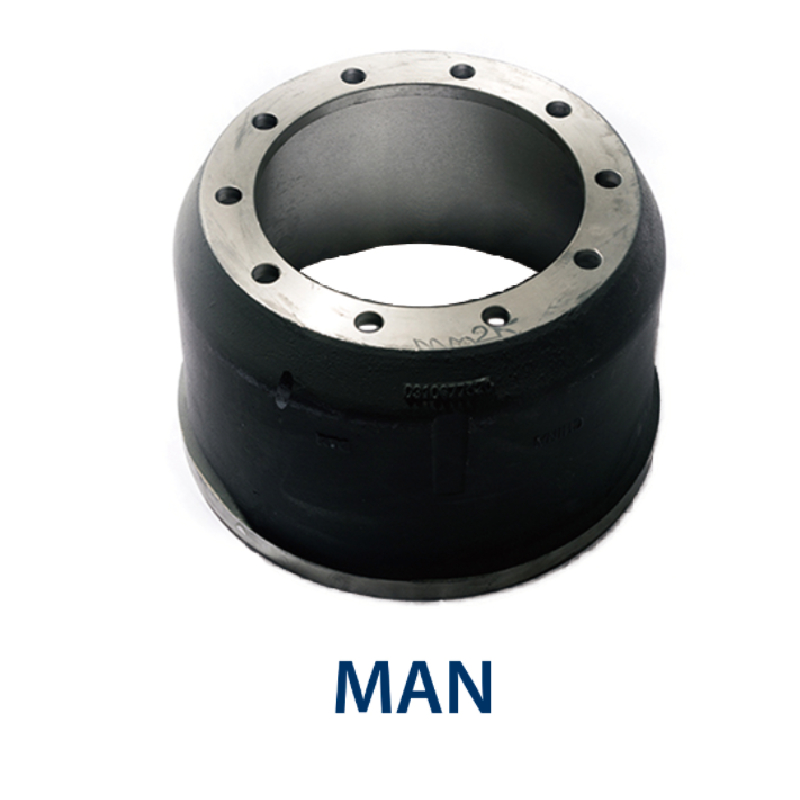Nov . 12, 2024 21:57 Back to list
how to measure brake drum wear
How to Measure Brake Drum Wear
Brake systems are critical components of vehicle safety, and the brake drum is an essential part of the drum brake assembly. Over time, brake drums can wear down due to the constant friction generated when the brakes are applied. Regularly measuring brake drum wear is crucial for ensuring braking efficiency and safety. In this article, we'll guide you through the process of measuring brake drum wear and determining when it's time for replacement.
Understanding Brake Drum Wear
Brake drums are typically made of cast iron or aluminum, and they house the brake shoes. When you apply the brakes, the shoes expand against the inner surface of the drum, creating friction that slows down the vehicle. As the brake shoes wear, they can leave grooves and deposits inside the drum. This can lead to uneven braking, reduced performance, and potential failure if the drum becomes too thin.
Signs of Brake Drum Wear
Before measuring, keep an eye out for warning signs that could indicate your brake drums need attention. These signs include
- Vibration or pulsation during braking If you feel your vehicle shake or pulse when applying the brakes, it could mean that the drum surface is uneven or warped. - Noisy brakes Grinding or squeaking sounds can indicate that the brake shoes are worn out or that there’s debris between the drum and the shoes. - Reduced braking efficiency If your vehicle takes longer to stop, it may be time to inspect your brake drums.
Tools Needed for Measurement
To measure brake drum wear, you will need the following tools
- A ruler or caliper This will help you measure the drum diameter accurately. - A micrometer If you want a more precise measurement, a micrometer can provide the necessary detail. - A brake drum gauge This specialized tool can give you readings of any wear and warping in the brake drum.
Steps to Measure Brake Drum Wear
how to measure brake drum wear

1. Safety First Ensure the vehicle is parked on a flat surface and secure it with wheel chocks. For vehicles with rear drum brakes, you may need to lift the car using a jack and secure it on jack stands.
2. Remove the Wheel Using a lug wrench, take off the wheel to access the brake drum.
3. Inspect the Brake Drum Before measuring, visually inspect the brake drum for any visible damage, such as cracking or deep grooves.
4. Measure the Drum Diameter - Using a caliper or ruler, measure the diameter of the brake drum at several points around the circumference. This ensures you account for any irregular wear. - Compare your measurements to the manufacturer’s specifications for the drum. Each vehicle has a designated minimum diameter, and if your measurements are below this threshold, it indicates that the drum needs replacement.
5. Check for Wear and Scoring Examine the inner surface of the drum for any signs of scoring or heavy grooves. If you notice significant scores, this could affect braking performance and may necessitate replacement or machining.
6. Use a Brake Drum Gauge If you have access to a brake drum gauge, this tool can help you identify warping. Place the gauge against the drum’s face and measure any deviations from perfect flatness.
When to Replace Brake Drums
Manufacturers typically provide a minimum thickness specification for brake drums, usually ranging from 0.060 to 0.100 inches. If your measurements indicate that the drum's thickness is approaching this limit, or if the drums exhibit significant scoring, it’s time to replace them.
Conclusion
Measuring brake drum wear is an essential practice for maintaining vehicle safety and performance. Regular inspections can help you identify wear early, thereby avoiding more complex repairs down the line. Always refer to your vehicle's service manual for specific guidelines regarding your brake system, and don’t hesitate to consult a professional if you're unsure about any step in the process. Running a safe vehicle not only protects you but also ensures the safety of others on the road.
-
Scania Brake Drums: OEM Quality for Optimal Safety & Durability
NewsAug.16,2025
-
R.V.I: Advanced Remote Visual Inspection for Precision
NewsAug.15,2025
-
Discover HYUNDA: Innovative Vehicles, Equipment & Solutions
NewsAug.14,2025
-
R.V.I: Unlock Advanced Insights & Real-time Performance
NewsAug.13,2025
-
Kamaz Brake Drum: Durable & Reliable for Heavy Duty Trucks
NewsAug.12,2025
-
Heavy Duty Iveco Brake Drum - Premium Quality & Safety
NewsAug.11,2025
